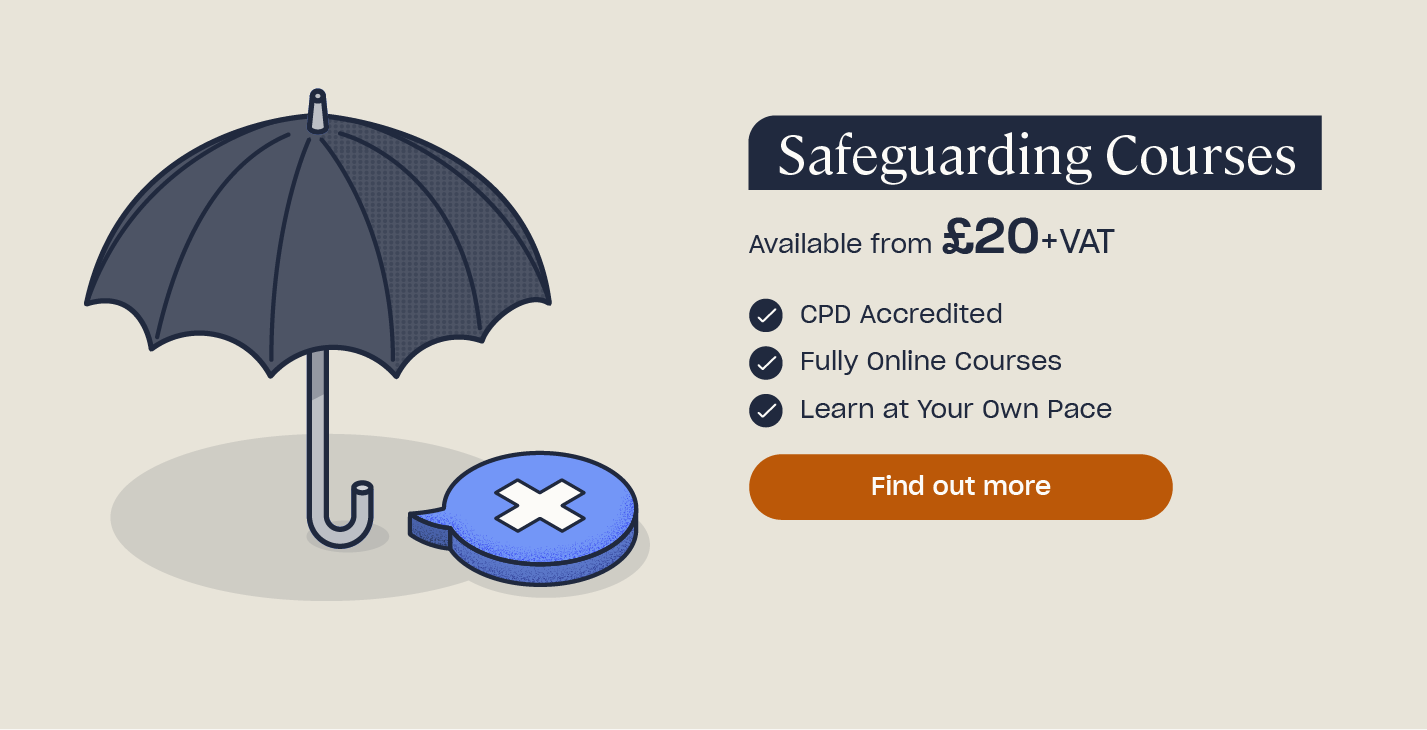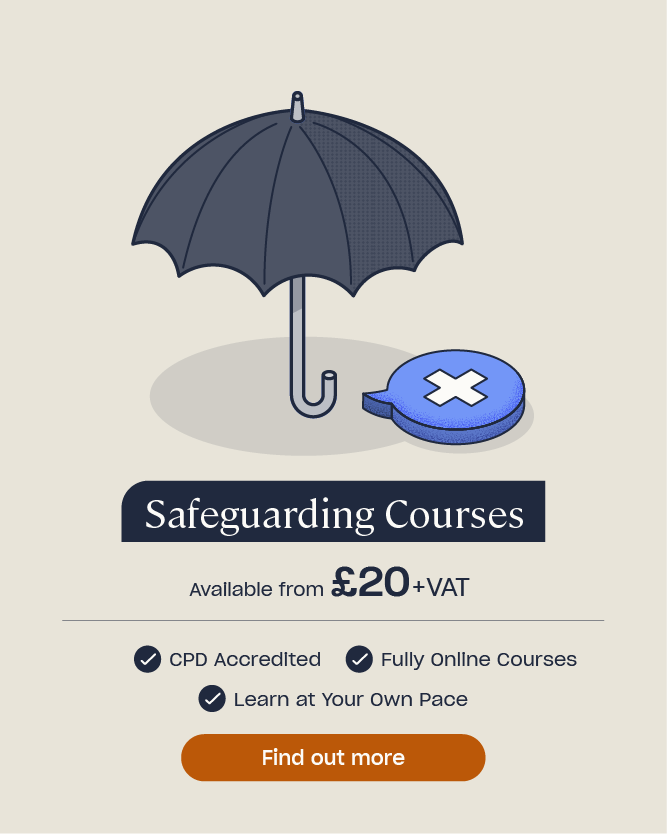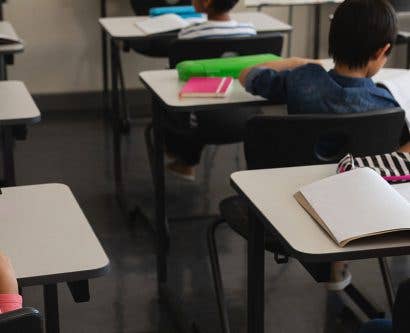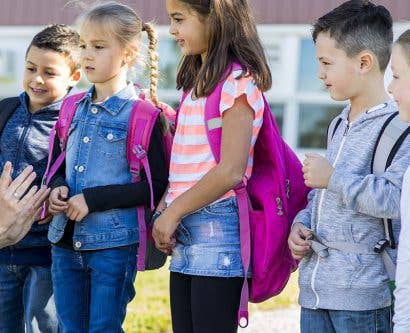What is Adultification within Child Protection and Safeguarding?
We have a legal responsibility to safeguard, and promote the welfare of, all children. As defined in statutory guidance, Working Together to Safeguard Children, the term ‘child’ refers to anyone under the age of 18. Adultification is a type of bias which skews the perception of certain children, leading to others – including professionals – viewing them as more ‘grown up’ or, ‘adult’. This can then lead to lapses in appropriate safeguarding.
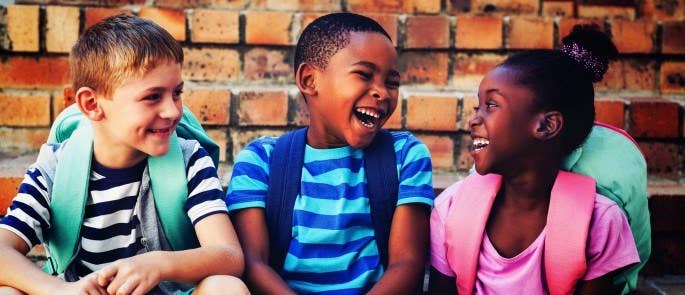
In this article, we will explore what adultification is and its impact within safeguarding and child protection. We will also consider how, as professionals who have safeguarding responsibilities, you can take steps to avoid adultification.
What is Adultification?
Leading safeguarding experts in this field, Jahnine Davis and Nick Marsh, provide the following adultification definition:
‘..When notions of innocence and vulnerability are not afforded to certain children.’ (Davis and Marsh, 2020)
They confirm that when this happens outside the home, it is always grounded in bias and discrimination. Certain aspects of that child’s personal characteristics, socio-economic situation or lived experiences are met with discriminatory responses. This means that, rather than being seen as children experiencing abuse, they are viewed as either responsible in some way, or as more resilient and able to withstand maltreatment.
Adultification vs Parentification
Before looking at adultification bias in detail, it is worth considering the differences between adultification and parentification – another term that you may come across. It is important that you are aware of both terms and how they might impact your safeguarding practice.
Parentification refers to a child taking on the role of a parent within their family. This might include having caring responsibilities for younger children or having to provide support for their own parents. It could involve being physically responsible (dressing, feeding, etc), emotionally responsible (providing emotional comfort or stability) or even being financially responsible for the welfare of others. This is a safeguarding concern as the needs of the child are being neglected, whilst they are given responsibility for the needs of others.
There may be various circumstances that lead to parentification (for example, parental ill health, substance misuse or socio-economic disadvantage).

In contrast to parentification which happens within the home, adultification happens outside the home. It comes from the attitudes of people, organisations and services who surround the child. However, it is possible that a child’s circumstances may cause them to experience both adultification and parentification. For example, a child living with domestic abuse may be at greater risk of both.
Who is Most at Risk From Adultification Bias?
Although adultification can apply to all children, there are clear groups of children that are more likely to be affected.
Black children are much more likely to be subject to adultification bias. Black boys and girls are often perceived through the lens of racialised stereotypes. The roots of these stereotypes can be linked back to the dehumanising racial attitudes of colonialism (Goff et al, 2014).
Whilst the roots may be historic, Davis (2022) points out that Black children are still seen as more ‘adult’, with Black boys often viewed as ‘angry or aggressive’ and Black girls ‘hyper sexual …, strong, loud and rude’. These attitudes mean that Black children experiencing, or at risk of, harm may not be seen as vulnerable or in need of safeguarding in the same way as their non-Black counterparts.
A recent report commissioned by HM Inspectorate of Probation, also highlighted that the following factors can also contribute to children being more at risk of adultification:
- Experiencing domestic abuse.
- Socio-economic disadvantage.
- Experiencing transphobia.
- Homelessness.

When considering adultification, as with all forms of discrimination, it is important to consider intersectionality. Each child’s circumstances are unique and an individual may possess a number of different characteristics that increase or decrease their likelihood of being subject to adultification (or of experiencing other forms of discrimination along with adultification). The interplay of characteristics, such as age, ethnicity, gender identity and sexual orientation all have an impact.
Davis and Marsh (2020), co-founders of the safeguarding research CIC, Listen Up, put forward the Professional Inter-Adultification (PIA) Model, which can be viewed in full here. It provides a visual depiction, with intersectionality and a child’s unique needs and experiences forming the bottom of a pyramid. It then illustrates adultification through the following layers:
- Preconditions of adultification. The model shows circumstances which lead to a child being viewed as more adult-like. According to the model, these are: racism and discrimination; societal stereotypes, personal biases and beliefs; and a lack of professional curiosity (at both an individual and organisational level).
- Framing the child. In this layer of the model, framing the child as an ‘adult’ leads to them being perceived as less innocent or vulnerable, which then impacts the professional responses to them. By being viewed as more adult, they are also viewed as more responsible and accountable than their peers, which leads to them not being safeguarded as they should be.
- Child’s rights not upheld. This is the final layer of the PIA model and the potential consequence of adultification. It leads to children not being protected, being more susceptible to maltreatment and exploitation and ultimately not having their rights upheld.
The Effects of Adultification on Children
As we see from the model above, adultification can lead to safeguarding procedures not being properly applied and children experiencing a higher risk of harm.
Adultification can lead to a more punitive response than a safeguarding one. For example, a teenager found to be criminally exploited to sell drugs may be seen more as a culpable individual that needs to be penalised, rather than a child who needs to be protected from those seeking to exploit them.
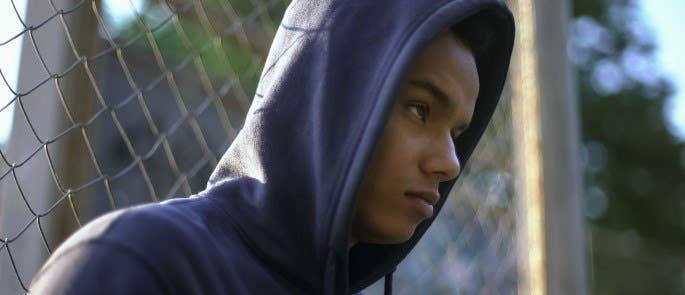
Adultification can have devastating and far-reaching effects on a child. These can include, but are not limited to:
- Being subject to further abuse, in turn causing trauma.
- Developing a lack of trust in the people and agencies that are supposed to protect them, meaning that they do not feel able to seek support or protection.
- Experiencing poorer life outcomes – missing education, entering the criminal justice system, experiencing mental ill-health, etc.
A 2022 report by the Commission on Young Lives recommended ‘a rapid review into the adultification of Black children and young people, involving the education, social care, mental health, and criminal justice systems.’
Adultification Examples – Child Q
Although there has been related research for some years, the concept of adultification became more widely recognised after the review of the case of Child Q.
Child Q, a Black girl of secondary school age, was strip searched whilst menstruating, by police officers on school premises in 2020. There was no Appropriate Adult present and her mother was not informed. School staff had called the police with suspicions that she was carrying drugs. Searches of her possessions did not support this and no drugs were found. However, police went ahead with the strip search. No drugs were found on her person.
In March 2022, a Local Safeguarding Practice Review concluded that Child Q had been exposed to a traumatic event and had suffered harm. The report found that adultification was a factor in her treatment. It concluded that she ‘received a largely criminal justice and disciplinary response from the adults around her, rather than a child protection response’ and that ‘the disproportionate decision to strip search Child Q is unlikely to have been disconnected from her ethnicity and her background as a child growing up on an estate in Hackney’.
One outcome of the incident was that City & Hackney Safeguarding Child Partnership commissioned a programme of multi-agency adultification training. The report recommended that the programme continue.
How to Tackle Adultification in Schools
As education professionals, there are steps you can take to help safeguard the children that you work with against adultification bias.
Build Awareness
Being aware of adultification, what it means and how it might manifest is an important first step. Share articles such as this and research further – starting with some of the links that we have signposted. If you feel that you and your colleagues would benefit from further training on this, speak to your Designated Safeguarding Lead or leadership team to see what is available to you.

If you are a DSL, then check with your staff to see if they are aware of adultification bias and explore how confident they are in that knowledge. You can then provide training or further updates tailored to improve that confidence, if appropriate.
Need Safeguarding Training?
Acknowledge Bias
Both the work of Davis and Marsh and the findings of the Child Q review highlight the importance of acknowledging that whilst unconscious bias certainly contributes to adultification, it is essential that we all acknowledge more conscious biases – no matter how uncomfortable that may be.
Placing all the onus on unconscious bias carries a danger of avoiding responsibility. As people responsible for safeguarding children, it is essential that we examine what biases we may bring to work, as we can then take steps to acknowledge those biases and make sure that they do not influence our practice.
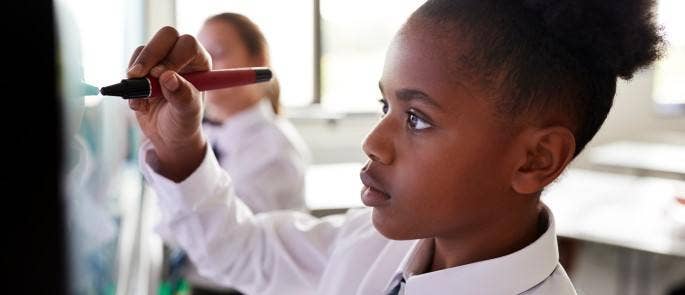
Foster a Culture of Professional Challenge
An effective culture of safeguarding is vital to enabling professionals to fully meet their safeguarding responsibilities. You can read about this in further detail in our article here.
One bedrock of an effective safeguarding culture is the encouragement of professional challenge and curiosity. This enables staff to feel confident to have difficult conversations about subjects such as bias and adultification in a safe space (Davis, 2022). It is also vital in empowering members of staff to question when they feel a concern has not received an appropriate response.
Watch Your Language
When reflecting on how biases may impact your practice, it is useful to consider the language that is used when describing children at risk. Language choices can, often unintentionally, carry meaning which might compound adultification bias. The Children’s Society guidance, Appropriate Language in Relation to Child Exploitation, considers the impact of certain terms and suggests alternatives. For example, using the phrase ‘is involved with child criminal exploitation’ implies an element of choice and agency. A better way to describe the concern might be ‘the child is being criminally exploited’ which emphasises that they are experiencing harm at the hands of others.
If you are a Designated Safeguarding Lead, you might want to signpost terminology advice such as this as part of your guidance regarding best practice when sharing safeguarding and child protection concerns.
Audit Your Policies and Procedures
Check your policies and procedures to make sure that they are fully inclusive and that they are applied equitably. Make sure you know the procedure in your setting should you wish to highlight any inconsistencies that you feel should be addressed.

Demonstrate Commitment to an Inclusive Environment
Education settings should be a place of safety and inclusion for everyone. Make sure that your school or college does not just have a policy of equality, diversity and inclusion (ED&I), but that it lives and breathes those values. Inclusive education means making sure everyone is, and importantly feels, valued, represented and respected.
Check out our article, How to Promote Equality, Diversity and Inclusion in the Classroom for more information.
Adultification bias can have hugely detrimental effects and it is vital that everyone in safeguarding is aware of it. By building your awareness of how adultification can impact the effectiveness of safeguarding and child protection, and reflecting on your own practice, you can play a part in addressing it, so that all children receive the protection they have a right to.
Further Resources:
- Safeguarding Children Legislation: Guidance for Schools
- How to Create an Effective Culture of Safeguarding in Schools
- What is Trauma Informed Practice in Schools?
- Educational Bias: How to Avoid Bias in the Classroom
- Regulatory Requirements for Designated Safeguarding Leads in Schools
- What is the Toxic Trio?
- Warning Signs of Child Sexual Exploitation (CSE)
- Methods of Human Trafficking and Recruitment
- Understanding the Different Forms of Child Neglect
- What is Professional Curiosity in Safeguarding?
- Creating a Safeguarding Policy – Example Template for Schools
- Understanding Why Children May Stay Quiet About Abuse
